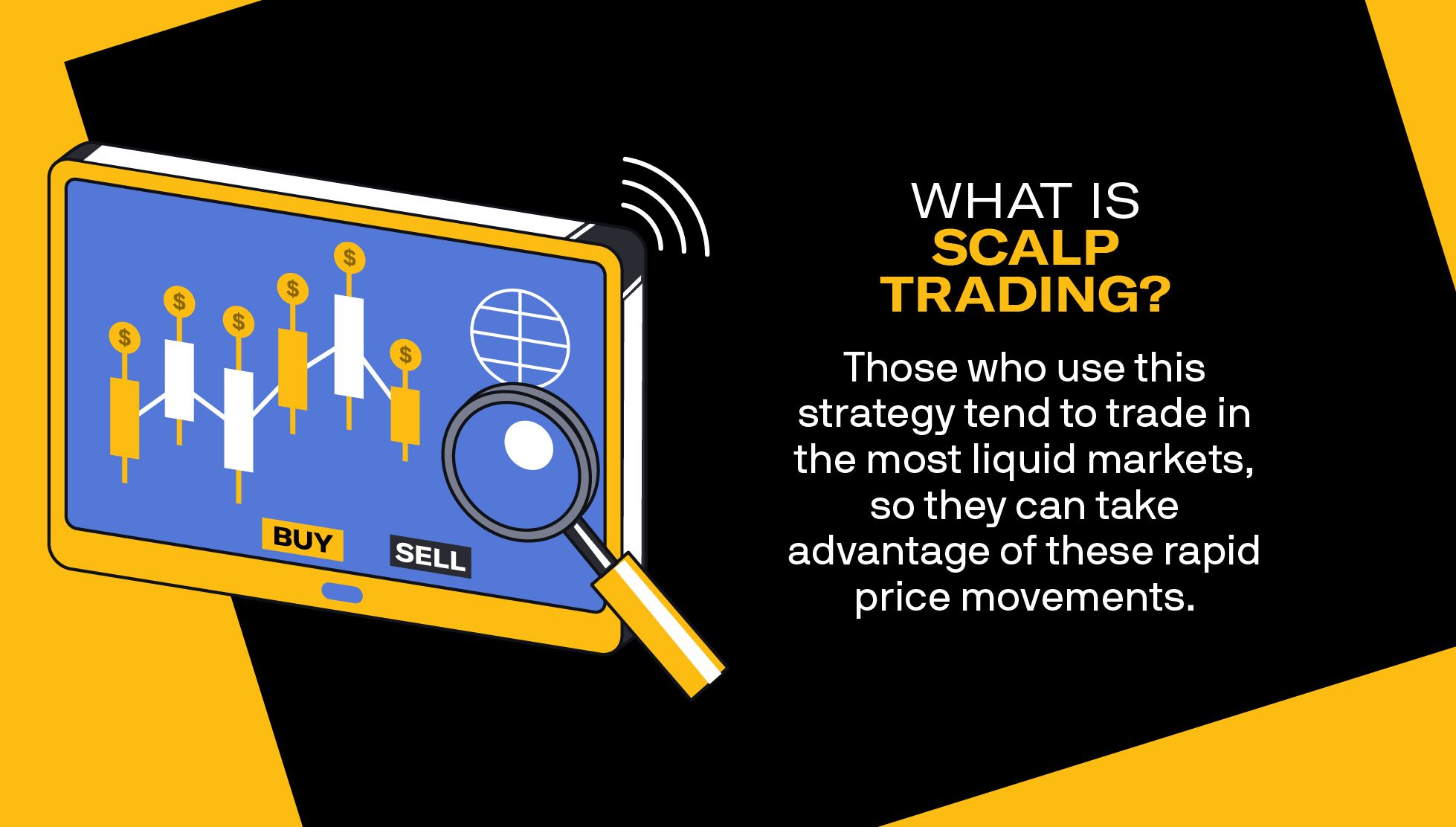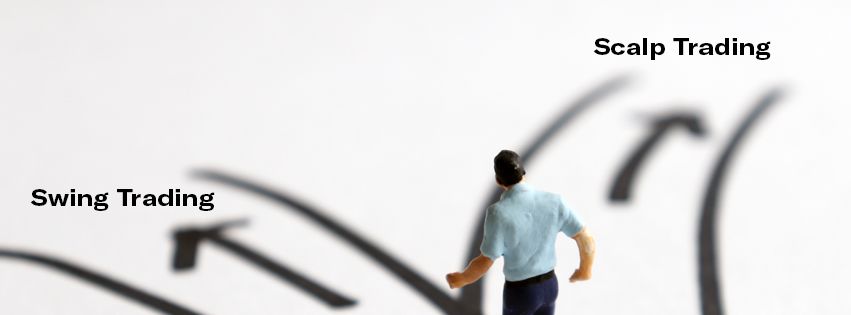In the Swing Trading vs Scalp Trading comparison, we are faced with two strategies for trading in the futures market that are very popular among traders.
Both have their advantages and disadvantages, and depending on the profile of each investor, one can be considered more convenient than the other.
If we were to say that one strategy is better than the other at a general level, we wouldn't be entirely fair.
Different trading strategies exist because there are different profiles of traders with different objectives, style, risk tolerance, who operate in different markets and with different assets, among others.
One of these strategies is oriented specifically to make long-term investments and the other to make short-term investments.
However, in addition to this characteristic, there are other factors that differentiate these strategies, which should be taken into account before choosing the one you prefer.
This being the case, by comparing Swing Trading vs Scalp Trading, we hope that you will identify the factors in each that may be most relevant to your particular way of trading while also learning more about those that are less clear to you.
First of all, let's start by defining both terms:
What is Swing Trading?
Swing Trading is an investment strategy that seeks to make operations in the medium or long term.
The objective of this strategy is to take advantage of price swings of a given financial asset, thanks to the identification of patterns that allow speculation on the upcoming fluctuations.

Swing traders usually open and close their trades in a matter of days, weeks, or at most a few months.
In Swing Trading, one waits for an asset to increase in value in the future and then sells it, or trades short, waiting for the price to go down to buy it and get the difference.
In general, those who apply this strategy often use technical analysis indicators to decide when to open or close a position in the market. The latter allow them to analyze price movements and market trends.
Technical analysis is based on the use of charts and technical tools such as the moving average, relative strength index (RSI) and others to identify patterns, and signals that can indicate a possible future market direction.
However, swing traders also take advantage of the analysis tools provided by fundamental analysis.
A fundamental analyst looks at two main issues: supply and demand. Supply is the amount by which an asset is produced, stored or accumulated. Demand is the amount of consumption of an asset.
By evaluating price action and market trends, those who engage in Swing Trading can identify trading opportunities and establish appropriate risk management strategies.
Nevertheless, it is important to remember that it is not possible to predict the future of the market with absolute certainty, and that there is always a risk of loss.

What is Scalp Trading?
Scalp Trading is similar to Day Trading, and it seeks to profit from the market through short-term trades, never longer than one day.
Those who use this strategy tend to trade in the most liquid markets, so they can take advantage of these rapid price movements.
In order to achieve good profits using this method, scalpers keep an active eye on their trades and market movements.
The moment to open or close positions in the market, for many scalpers, is determined by the use of technical analysis indicators.
This is a point in common with Swing Trading, which also makes use of charts and technical tools to speculate on price variations.
Generally, it is understood that Scalp Trading is not one of the most recommended methods to start with, as it requires constant exposure to the risk involved in trading in highly volatile markets.
Nevertheless, as we already mentioned, each strategy does have its advantages and disadvantages, so each trader can adjust to the requirements of each of them.
How to Know Which Strategy to Follow?
Whatever trading strategy you choose, you should keep in mind that not all traders perform equally well with all strategies, and not all strategies work well in all markets.
First of all, you should define your profile as a trader, with your objectives and needs, together with the market where you want to trade.
At the same time, you should determine what type of financial asset you will work with. Futures are a good option because of the transparency and high liquidity of their markets.
On the other hand, you should learn about technical and fundamental analysis to determine with which you will better understand the price behavior of the assets you invest in the market.
Your time availability and the amount of money you can invest will also determine the most suitable strategy for you.
An indispensable aspect is that you design your own trading plan, so that you can execute your strategy in the best way and optimize your results.
Swing Trading, Scalp Trading or any other investment strategy involves exposure to risk, so it is highly recommended that you test your trading skills with a trading simulation.
At Uprofit, we offer evaluation programs with clear and fair conditions, in which you will be able to trade with real data from the futures markets without risking your capital.
If you can demonstrate your profitability as a trader, you can pass the test and access a funded account from which to operate.
Here are some additional facts that may help you to choose between Swing Trading and Scalp Trading:
Profit Potential
Both strategies have good profit potential. Scalp Trading offers the possibility of generating them more quickly, but with greater exposure to risk.
Swing Trading, on the other hand, has a high profit potential and a greater possibility of adapting to the markets to manage risk. However, for the latter option you have to wait longer to see profits.
Monitoring
Some traders prefer to be more attentive to their operations in the market, while others prefer to do so more sporadically. In this sense, Swing Trading requires less control over the market than Scalp Trading.
Transaction Costs
Each position opened in the market requires the payment of a commission. When doing Scalp Trading and making many operations in a short time, the transaction costs may be higher than in Swing Trading. However, it all depends on the type of contract you are trading.
Once you test the strategies in a trading simulator, you will be able to determine which one works best for you.
To find out, you can take into account factors such as the profitability you achieve with each one or which of the two best suits your financial goals and your lifestyle.
Both options discussed here can lead you to make profits and even to make a living from trading.
There are many professional traders who are fully dedicated to this and an increasing number of people are choosing this path to financial independence.
As you have seen, in the world of trading there is no recipe for success. When choosing a strategy to invest, both Swing Trading and Scalp Trading are options with great potential.
You will have to see which one you feel more comfortable with and which one is better for you to make your way in this complex and thrilling field.
